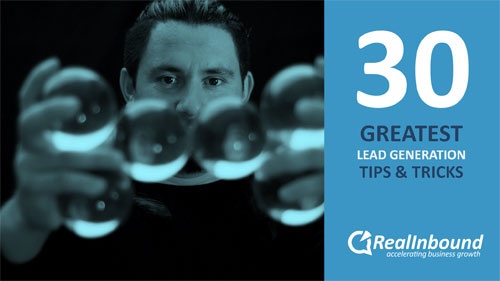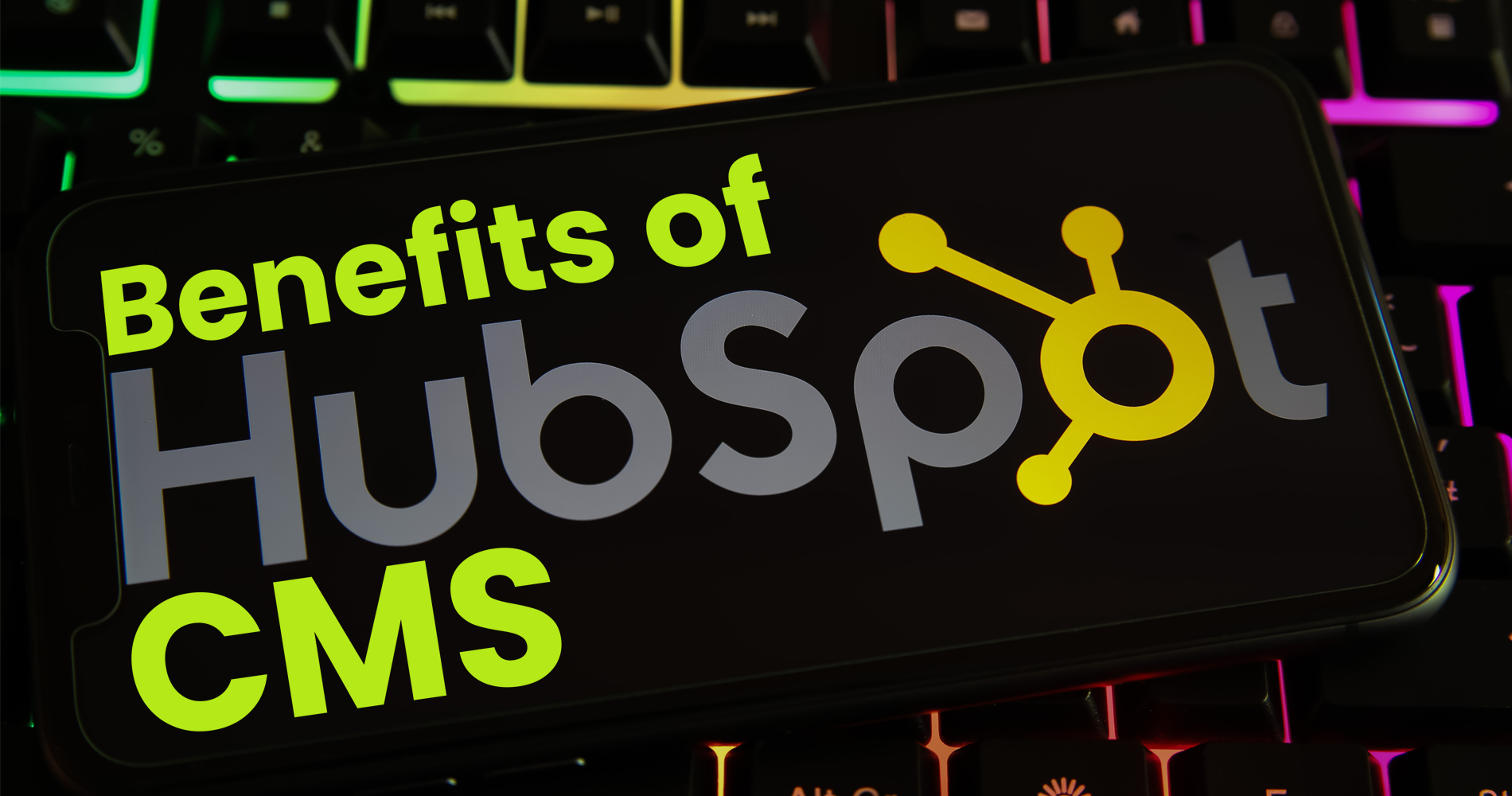Content is at best when “showing” rather than telling, an exercise in empathy and engagement.
This is a vital time for our industry because we're in the midst of an evolution. The focus is on what happens after visitors have been driven to your website: how are you able to convert those visitors into leads? That's going to require a total rethink of how we approach lead generation strategies, based on whether or not they can effectively meet the needs of a target market.
The content plays an important part in any lead generation campaign. Creating interesting, informative blogs and articles can provide an indirect effect on both publishing and advertising to the same audience.
All in all for companies to succeed, lead generation strategies should be modernised to meet the needs of target markets.
The 4 L’s of an effective lead generation strategy
Your content is your lifeblood. Attracting new leads requires you to provide pertinent information and create a buzz about your brand. You will need to think about your blog, SEO, PPC, and social media platforms as well as the tools you use to generate traffic. You want to attract people because of the information you provide for them - let this be your goal when you're posting! The best way to do this is by actually sharing valuable information on your page, website, or blog (like this very post!).
Almost 96% of B2b customers want content from industry thought leaders in the form of blog articles and podcasts to inform their buying decisions. Creating compelling content is your key to becoming a thought leader in your industry and establishing yourself as that go-to, educational leader for your colleagues and peers.
When it comes to inbound marketing, you may want to consider the effectiveness of actually being helpful and proactive. Not only will this strategy help attract more customers to your products (though there are many avenues one could go down to achieve that goal), but you'll also wind up attracting more customers by doing something proactive for them and offering an appropriate solution for their needs. This step never hurts either.
1. Lead Capture
Making an effort just to get email addresses for potential clients is valuable. Especially since a show of interest or intent signals that these visitors are ready to be involved.
One thing you can do is feature a "Subscribe" button on your website that allows people to subscribe to particular kinds of content, and products that they want to follow. This also lets them know what you will write about in the future and they're more likely to come back when they know of something coming. Clicking on this button will give you the email address needed without spamming them unnecessarily.
Sending out an email newsletter can be a tricky business, and nowadays many companies bombard all with these emails. However, it wasn't that long ago that not too long ago when receiving an email newsletter was so exciting. You just couldn't wait for your favorite company to send you all their latest news – and now we could have as many newsletters as we liked! Sending out a newsletter can sometimes backfire though, but the more you help to establish trust with your readership, the more likely they are to keep staying subscribed.
It’s time for marketers to start giving more, before even expecting anything in return. The best marketing tactic for this generous strategy is using what we call ‘lead magnets’.
2. Lead Magnets
To effectively convert online visitors into clients, companies look to optimise their client lifecycle. One of the most effective ways of doing this is using lead magnets. Lead magnets entice a visitor to share personal information including their email address and phone number. If website visitors provide them with their contact details, they can get value from future communications with the brand such as emails, text messages, or phone calls. Free examples include:
- Training videos
- Free trial
- Webinars
- eBooks
- White papers
- Bonus tips
- Expert reviews on a certain topic.
Any good project manager will tell you that you should outline your work with lead magnets just like any other marketing asset that is associated with your project/product.
When it comes to the creation of lead magnets, you need to make time for them in your marketing plan. If you do have a marketing budget, you need to assign this money appropriately to be able to generate more leads.
3. Landing Page Conversion Techniques
Another key component of your company's online marketing strategy is landing pages. Landing pages are simply any web page that someone ends up on after clicking on an advertisement or other online marketing element. It's important to realise that landing pages stand apart from your company's homepage and typically are used as tools for campaigns related specifically to a single product or service.
Essentially, we have two types of landing pages:
Lead generation landing pages are used to help us build our mailing lists and collect e-mail addresses in exchange for something. They zero in on the core purpose of business ventures: advertising, generating leads, and gathering information from customer prospects. The concept of "giving before we ask" is one of the most fundamental basics that any smart businessman appreciates.
A click-through landing page is designed to bridge the gap between information and action. The goal of this type of landing page is to get a visitor to take an action - whether that be signing up for a newsletter, reading another article, purchasing, or whatever! It's all about encouraging visitors to carry out their desired goal by giving them what they want in terms of information so they can make informed decisions.
The most important element of your landing page is to reassure visitors that they are in the right place. There are several techniques you can use to make sure this happens. First of all, choose a call to action that reflects what the ad source is trying to tell you.
Another technique is to locate the CTA on your landing page near where it appears on your ad source with font and/or color that matches. This brings us to one final point - many landing pages focus too heavily on graphics and don't include enough text for search engines to crawl.
One quick tip: if you're having trouble imparting your product's benefits within the number of character limits allowed by Google (2,000 characters) then try breaking them down through bulleted lists instead.
4. Lead Scoring
Leveraging data from your CRM, marketing automation software, and other sources to identify which leads are the best fit for your business. You should also make sure to consider pre- and post-determined goals for each lead category to measure the overall ROI of lead scoring in action.
Lead scoring is an essential part of modern-day marketing strategies. It helps you track leads as they become increasingly engaged with your inbound marketing efforts. You can easily rank and prioritise leads who are more responsive to your content, and this makes it easier for sales representatives to identify their best prospects in a much swifter manner.
If you have setup up lead scoring correctly, you can use lead scoring as an invaluable tool by identifying which prospects are ready to buy and what they may be interested in buying if they aren’t already familiar with the product or service that you provide.
Surprisingly, 79% of B2B marketers have still not been able to establish a lead scoring strategy. This is a fairly new concept and practice that can be used to establish "hottest" leads within your business, but it can also allow you to identify why these leads are not converting or responding to your efforts
Lead scoring is typically done with an A-Z or 0-100 point scale system, which allows for the evaluation of marketing tactics like email, website visits, and social media postings to identify what's working and what isn't when trying to reach out specifically to companies that have shown interest in your products or services. One's top leads will undoubtedly be those who have bought from you in the past as well as people who are likely most aware of you or your business.
The internet is critical to your business's success because it opens the gateway to reaching customers in all corners of the globe, but there is one area of internet marketing often overlooked, and that is lead generation. When you take a deeper look into it, you may see that many websites you have visited in recent history did not catch your attention or were unable to reconnect with you afterward based solely on insufficient lead capturing strategies.
So,
Using effective lead generation strategies, your business will be able to effectively create lead magnets, landing pages, and offers with targeted content. By utilising these methods, you will be able to improve the overall performance of your marketing strategy.




